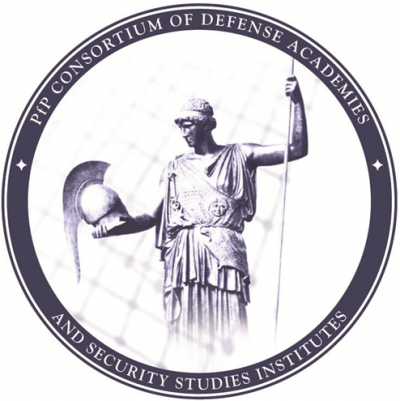- Partnership for Peace Consortium of Defense Aca...
- PfPC Products
- Foreign Terrorist Fighters from the North Cauca...
Foreign Terrorist Fighters from the North Caucasus: Understanding Islamic State Influence in the Region

We are ashamed that we are going to Syria at a time when the Caucasus is still occupied, but young people are returning here once they've undergone a training course. -- BBC source, 'close' to Chechen boeviki In September 2014, the United Nations Security Council unanimously adopted resolution 2178 concerning the acute and growing threat posed by foreign terrorist fighters (FTFs). These individuals are defined as those who travel to a State other than their States of residence or nationality for the purpose of the perpetration, planning, or preparation of, or participation in, terrorist acts or the providing or receiving of terrorist training, including in connection with armed conflict. FTFs affect the dynamic of conflict, its intractability, duration and intensity and, furthermore, pose a threat to their states of origin, transit, destination, and neighboring zones of armed conflict in which they are active. Since the eruption of the civil war in Syria, and especially after June 2014 with the proclamation of the 'caliphate,' thousands of aspiring fighters from different regions have traveled to Iraq and Syria to join the Islamic State (IS) or other violent extremist groups. According to a report published by The Soufan Group in December 2015, the number of foreign fighters in Syria had reached approximately 30,000, with individuals from over 100 countries. In 2015, the top three FTF nationalities were Tunisian (6,000), Saudi Arabian (2,500), and Russian (2,300), while there were approximately 4,700 fighters from the Former Soviet Republics. In October 2015, Russian President Vladimir Putin stated that around 5,000 to 7,000 fighters from Russia and the former Soviet Union (FSU) had traveled to Syria to join IS. The majority of these fighters are from the North Caucasus (Chechnya and Dagestan), with others from Azerbaijan and Georgia as well as Central Asia: Kazakhstan, Kyrgyzstan, Tajikistan, Turkmenistan, and Uzbekistan. Together they share not only the ability to speak Russian, but also a heritage of grievances stemming from the Afghan-Soviet and the post-Soviet conflicts. This paper attempts to look into the phenomenon of North Caucasian FTFs and its implications for security in North Caucasus, the Russian Federation and world-wide. In doing so, the motivations of North Caucasian FTFs, the groups that they fight for, and links to the domestic terrorist situation will be considered.

